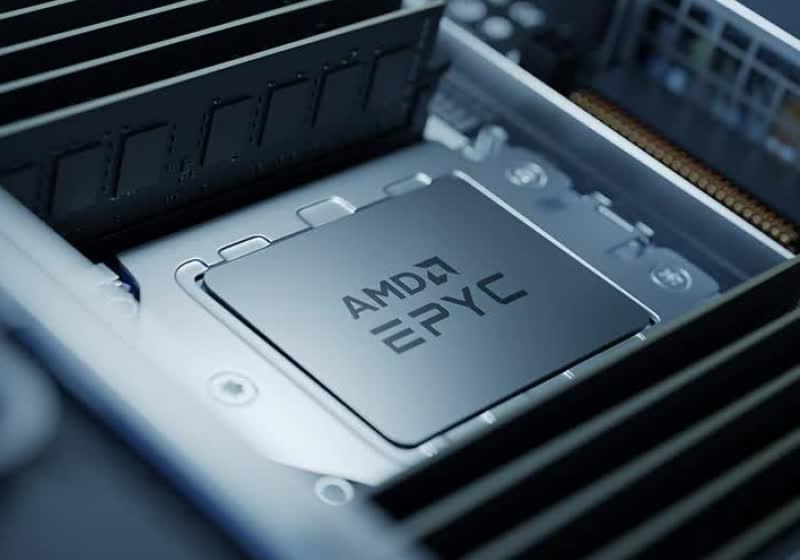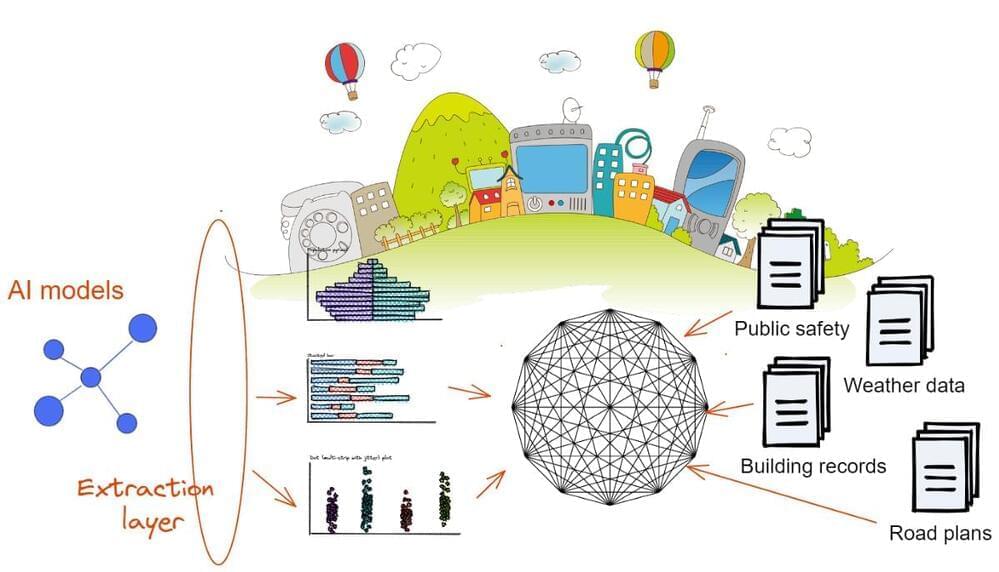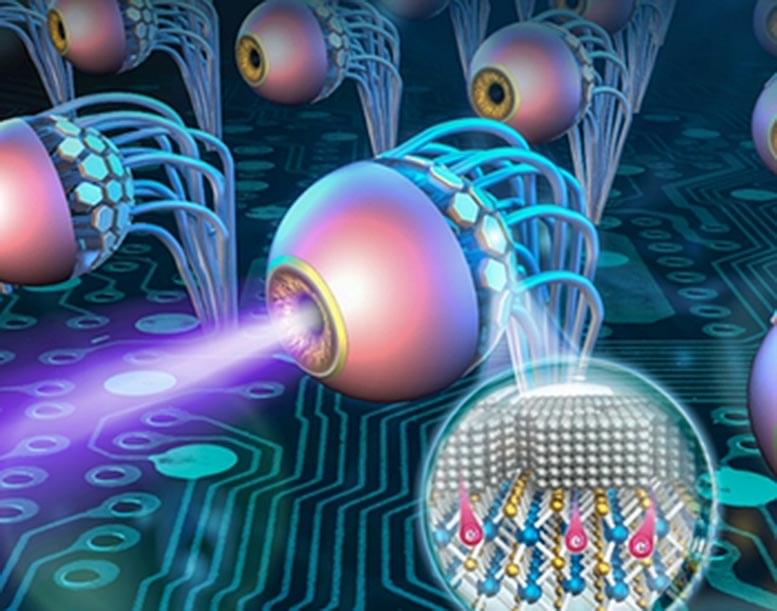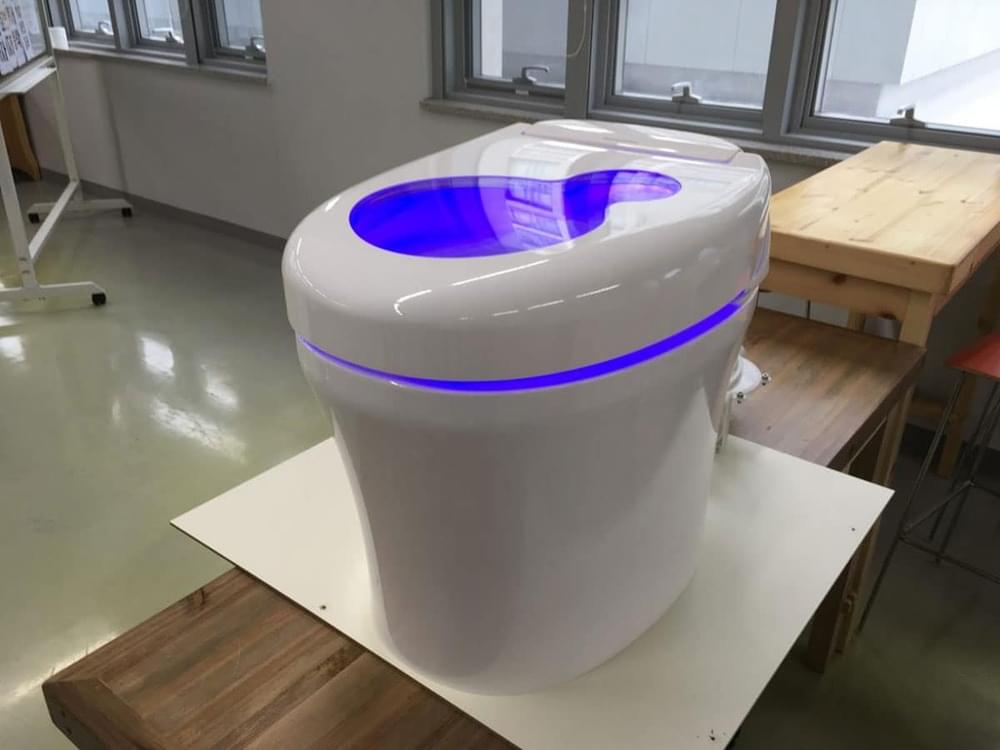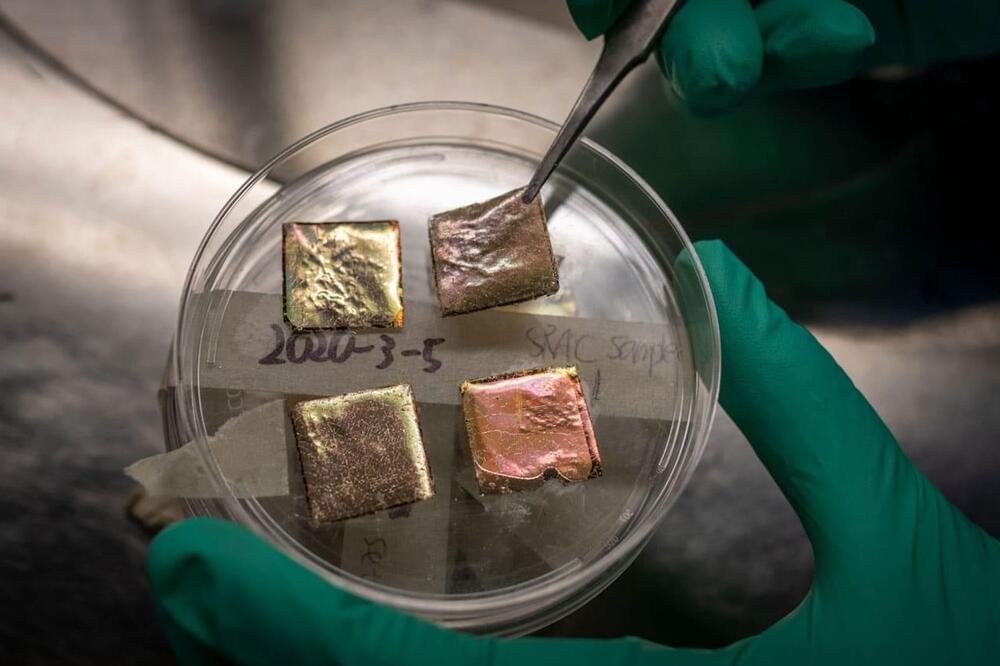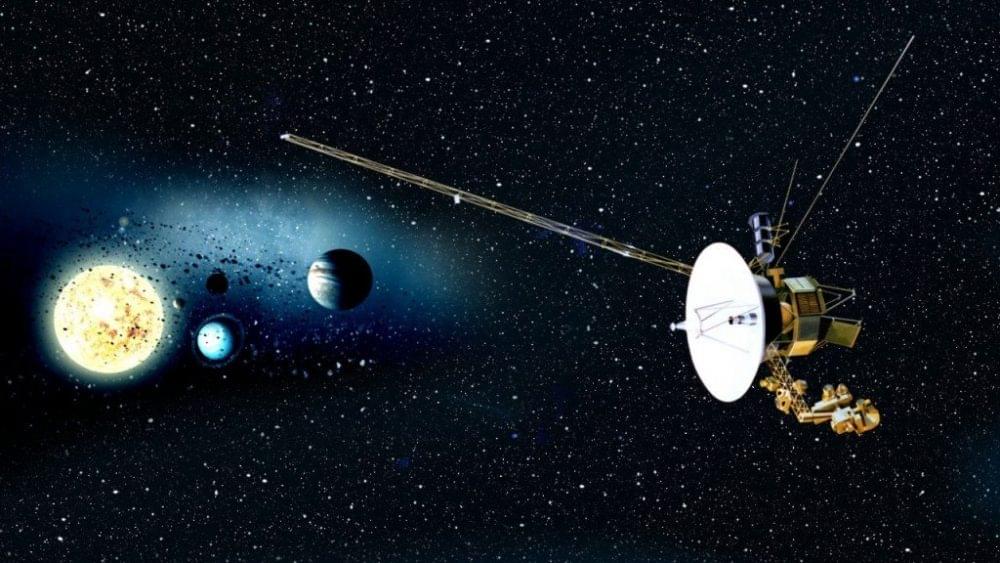Jan 17, 2022
AMD’s upcoming 3D V-Cache shown to improve bandwidth with minimal latency increase
Posted by Shubham Ghosh Roy in category: computing
Highly anticipated: Speculation around AMD’s new 3D V-Cache technology has swirled ever since Dr. Lisa Su gave us a sneak peek at Computex 2021. Since then, AMD and tech enthusiasts have remained cautiously optimistic regarding claims that the new chiplet-stacking approach can yield substantial performance gains with minimal impact to latency, responsiveness, and overall functionality. A recent test of an EPYC processor with V-Cache is giving early indication that AMD’s performance uplift claims may just hold true.
No one was quite sure what to expect when AMD announced their 3D V-Cache technology at Computex last summer. While some enthusiasts saw the substantial increase in cache as an exciting development, others in the community found themselves upset that the new offerings would not offer substantial increases in clock speed, improvements in power draw, etc. Last Friday tech news outlet Chips and Cheese published results of their initial testing with one of AMD’s new Milan-X processors with 3D V-Cache, the server-oriented EPYC 7V73X. And so far, things look promising.
